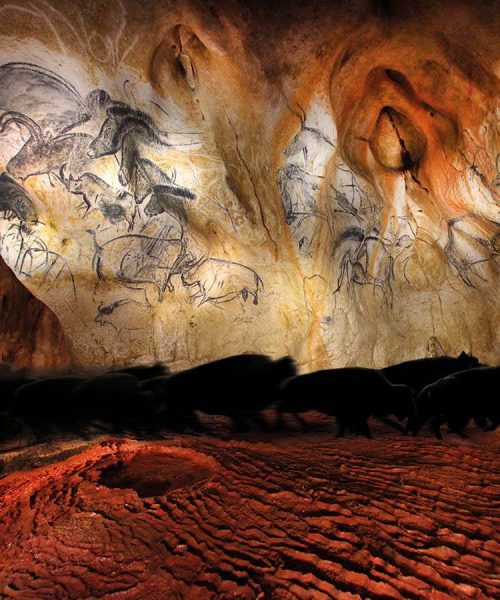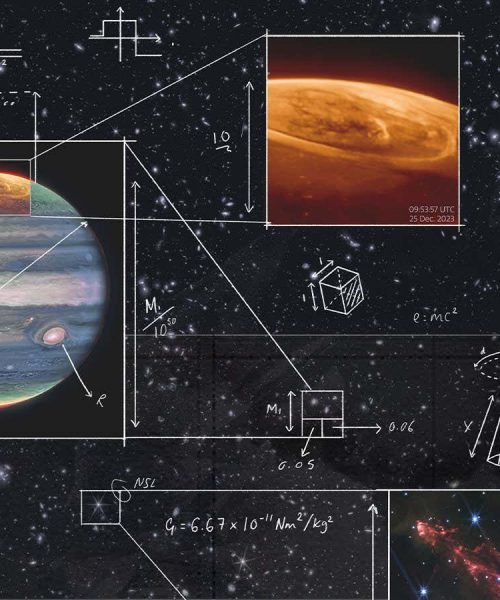
Paul Ryding
As planets go, Mercury is a world of extremes – and one that doesn’t always make a great deal of sense. Its iron core is absurdly and inexplicably huge. Despite its searing temperature, it has ice trapped at its poles. It is also pummelled every day by wild solar storms – the likes of which Earth only experiences once a century.
Suzie Imber hopes she can help us get to know the planet a little better through her work as a co-investigator with Europe and Japan’s BepiColombo mission, which last week made its final and closest flyby of Mercury, helping it to slow down before it enters orbit in 2026. Imber, based at the University of Leicester, UK, is an expert on space weather and says her studies of Mercury could help us prepare for the worst solar storms here on Earth. She was also, in 2017, the winner of the BBC’s Astronauts: Do you have what it takes?, a gauntlet that pitted contestants against the rigours of space travel.
Imber told New Scientist why she is so excited about sending a mission to Mercury, what we hope to learn about this intriguing planet and whether she might one day venture out to the final frontier herself.
Jonathan O’Callaghan: Why are we returning to Mercury now?
Suzie Imber: There are loads of reasons. From a high-level perspective, it’s a pretty unexplored planet. We’ve had three flybys and one orbital mission – NASA’s MESSENGER, which orbited between 2011 and 2015 – but the more we learn,…





